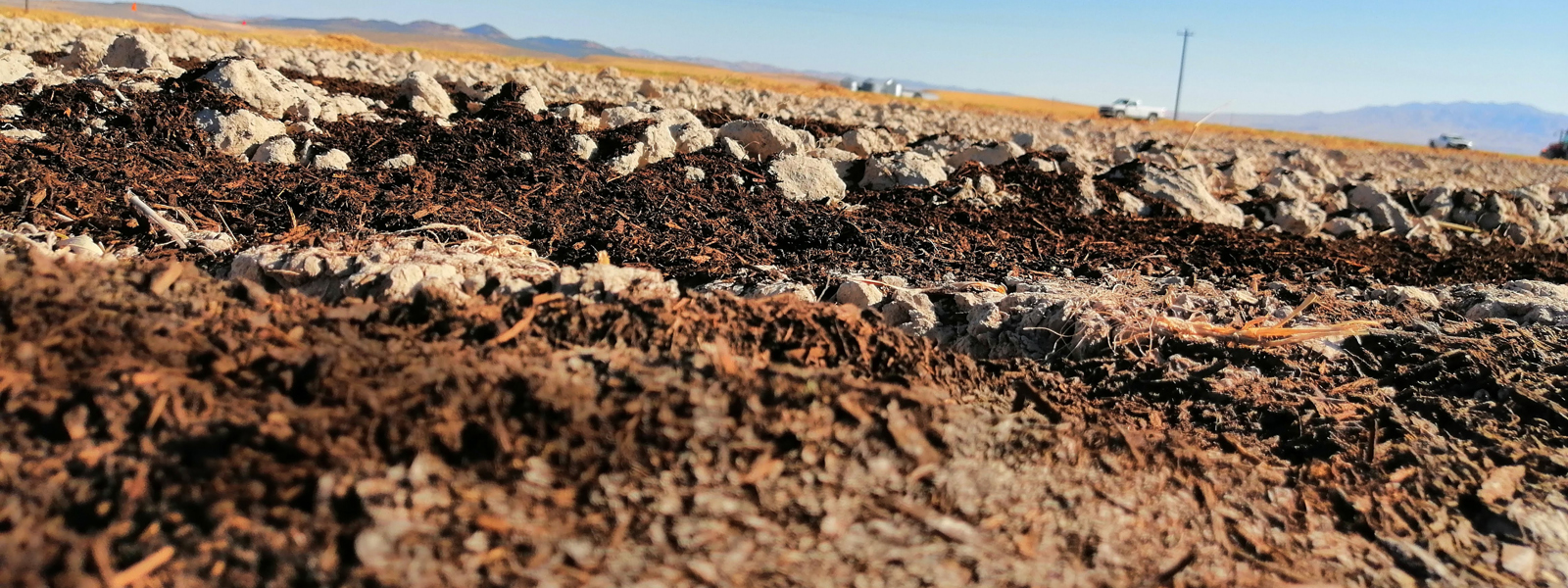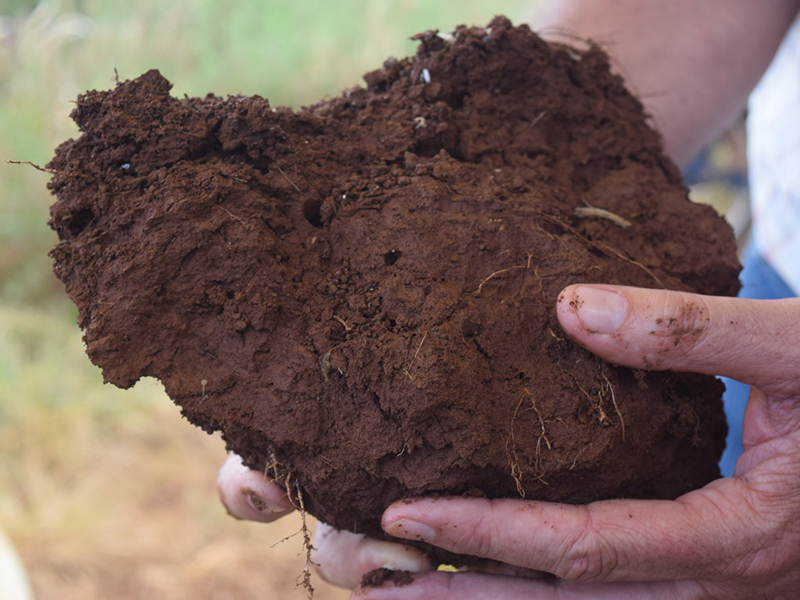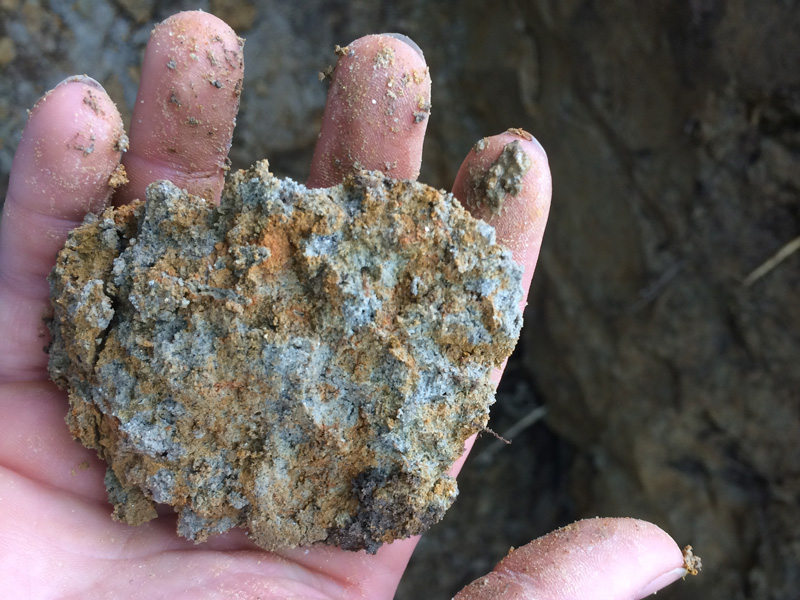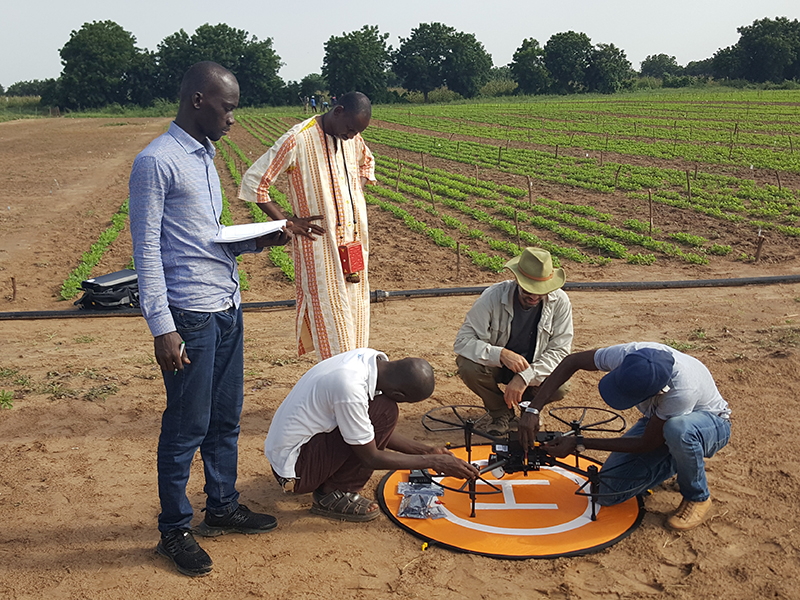
Soil Management
Agronomy and Soil
About 90-95% of the global food supply relies on soil. Every element in the human body – things like carbon, nitrogen, and phosphorus – are made available by the foods we eat. Soil supports the crops that create our food. Plants take their nutrients from the soil, air or water.
Humans and animals alike eat food supported by soil. This can be by directly consuming plant-based foods, like fresh produce or processed foods. Or it can be indirectly, by consuming meat or products from animals that first ate plants. This process comprises the major pathway of our global food system.
The way that we manage this system has a profound impact on the outcomes and impacts of our global society. The management of soils and plants to support the production of food, feed, and fiber is called agronomy. Managing the health of the soil is crucial to maintaining our food supply. Healthy soils help crops use water and fertilizer better. Unhealthy soils tend not to be efficient producers of food. This is harmful to not only the economy but also the environment.
Pillars to Healthy Soil
The health and efficiency of soils and the cropping system depends on biological, chemical, and physical properties.
- Biologically, soils are comprised of living organisms such as fungi, bacteria, and insects. Even reptiles and mammals live in soil. These organisms play an important role in recycling organic materials and altering the chemical and physical structure of soil.
- Chemically, soils store and release nutrients to plants. The pH, of the soil plays an important role in whether nutrients can be taken up by plants. Some soil particles can also hold onto some nutrients due to their negative charge. Processes in the soil recycle elements from organic forms to their more plant available mineral forms.
- Physically, soil structure - such as texture and aggregation - plays an important role in nutrient storage, water dynamics and gas exchange with the atmosphere.
Each of these factors – biology, chemistry, and physics – interact and influence each other. If one pillar is damaged or neglected, the health of the soil is in jeopardy.
Management of Plants and Soils
Much of a soil’s ability to support life is predetermined by early geology and climate. Agronomists help manage plants and soils in a sustainable way to support life. Agronomists work with farmers to decide which crops to grow, what nutrients to provide, and how to get rid of pests like weeds or unwanted bugs. They work with farmers to create plans that make the most of the soil on their farm.
Matching plant species to fit a location’s ecology such as soil properties and climate is often the first step. From there, the agronomist and farmer discuss practices like tillage, irrigation, and crop rotation. Using fertilizer and pesticides correctly is critical to ensure the longevity and efficiency of the system. These management practices are often highly location-specific and require adaptation and science to maximize the efficiency on the farm.
The increasing use of technology and artificial intelligence on the farm allows for precision application of crop inputs. Agronomists work with growers to make specific plans for different areas of the farm – and even different areas within a field. One area of the farm may need more (or less) fertilizer than another. Applying the exact amount to optimize yields saves money and the environment. Drones can be used to scout fields for problems like pests or diseases. Agronomists can use that information to help farmers decide how to manage problems that may arise.
The management of soils with the goal of having a net increase in carbon storage provides valuable soil health benefits, improves soil conservation, and helps remove carbon from the atmosphere.



